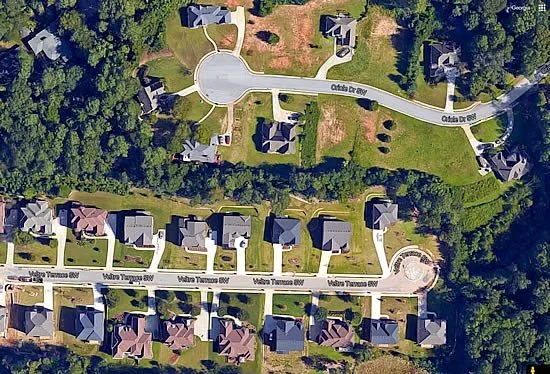Atlanta's Low Supply of Walkable Neighborhoods Makes them Pricey
walkability and prices in Atlanta
1*s2kuvY7zcRffJWwz4a0v3g
CdydDfTW8AAJnDX
There's an interesting new analysis from real estate company Redfin on the relationship between walkability and home prices.It shows a clear link between the availability of walkable communities in a region (as measured by Walk Score) and the home prices within those communities. Meaning: if a region has a low supply of good urban communities that are inviting to pedestrians -- and that have destinations easily reachable on foot -- then the homes within that limited supply are more likely to have a high price tag.The analysis found that that one single Walk Score point (like going from a score of 50 to 51 for a neighborhood) can increase the price of a home by an average of $3,250 or 0.9 percent.But that's a national average. Things get really interesting when they look at individual regions. Here's a chart of the ones that experience the highest level of home-price increase for each added point in Walk Score. Look at who's at the top: Atlanta.This means that -- in regard to each increment of increase in the measured walkability of a neighborhood -- Atlanta is the place where that added walkability most increases home prices. Is that because people in Atlanta really love walkable places? Nope -- it's because of limited supply. As the Redfin report states: “Outside of Midtown, walkable homes are a rarity in Atlanta.”And that limitation of supply in walkable neighborhoods is not just seen on the regional level in Atlanta (which is knows as the King of Sprawl, due to the explosion of car-centric sprawl over the last few decades in the suburbs and exurbs). You can see it intown as well, where many of our communities look like this one off of Cascade Road:Whereas there's very little in the way of this kind of transformation that's happened in Midtown, where car-centric places have been converted to higher-density infill that allows good, pedestrian-friendly connections:Limited supply is hurting the access to walkability in Atlanta. You want more affordable housing that's walkable? Build more neighborhoods like the bottom one here. Not that they would all need to be as dense as this -- there are various forms that good urbanism can take and lots of variety for those forms.We just have to move away from this car-centric (some might say 'suburban') model of urban form and behavior in the city. Doing so is important for making urban livability an equitable thing -- walkable places have to be attainable for a range of income groups. If we only make them for the wealthy, we've failed as urbanists, advocates, and leaders. SaveSave




